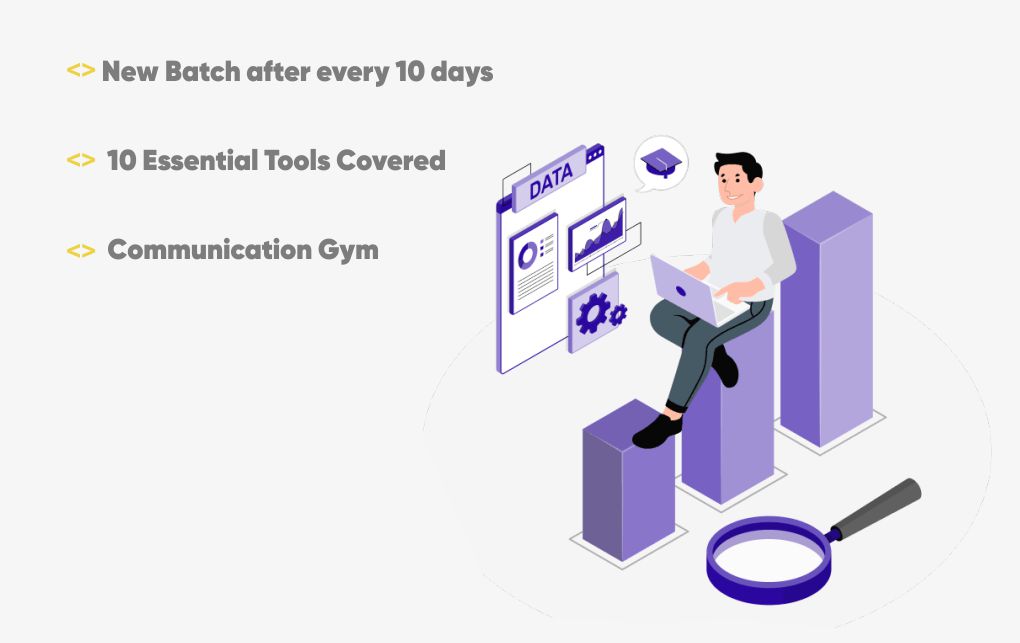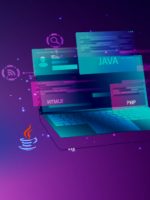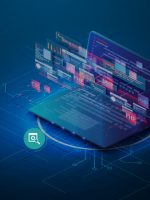Data Analysis & Visualization using Python course in Pune with 100% Placement Assistance
In the realm of data exploration and understanding, the title “Data Analysis and Visualization using Python” tempt to travel into the world of insights and discovery. Python, a versatile programming language, stands as our guide, unlocking the doors to powerful analytical tools and visually compelling representations.
Python for Analysis: Navigating the Data Landscape
Embarking on this journey, we recognize Python not just as a programming language but as a reliable companion for analysis. “Python for analysis” is not merely a phrase; it signifies the proficiency of Python in handling complex datasets, processing numbers, and exposing trends that could go unnoticed otherwise.
Learn Python for Data Analysis and Visualization: A Skillset for the Future
Our journey’s fundamental goal is to gain knowledge by studying Python for data analysis and visualization. This project is an investment in the future rather than just a means of picking up new skills. By exploring Python’s capabilities, we prepare ourselves to confidently traverse the data world and become experts at deciphering the narratives concealed inside the statistics.
Visualizing Time Series Data: Python’s Artistry in Motion
The situation changes as we proceed and becomes more diverse in terms of time series data presentation. Python proves to be a master in this field, combining time-based sequences into insightful visual stories. Python time series data visualization is elegant not just when it comes to graphs and charts, but also when it comes to highlighting patterns, trends, and irregularities that appear over time.
Through this educational journey, we will not only understand Python’s technical capabilities but also recognize its storytelling potential in converting unprocessed data into engaging visual reports.
Data Analysis and Visualization in Python: A Symphony of Understanding
Python’s data analysis and visualization work together like a symphony, combining analytical precision with stunning visuals. It involves more than just adding up numbers; it involves converting those numbers into understandable reports attracting in users.
In conclusion, “Data Analysis and Visualization using Python” summarizes a journey of learning, discovery, and expertise. It is evidence of the transformative power of Python, a language that can spin stories out of complex data structures in addition to processing code. Come along on this journey with Python acting as your guide across the enormous field of data analysis and visualization.
























